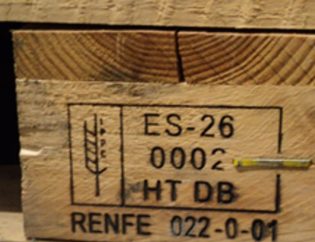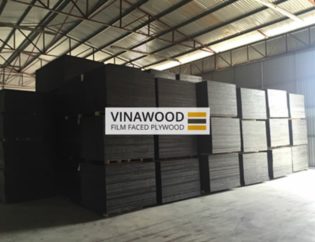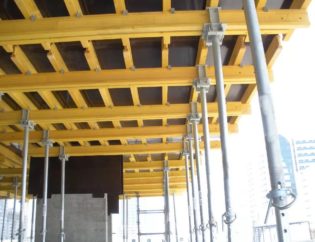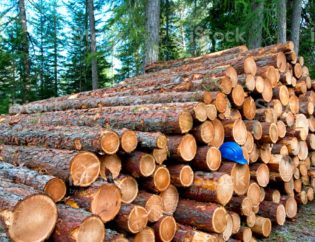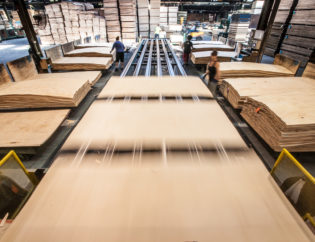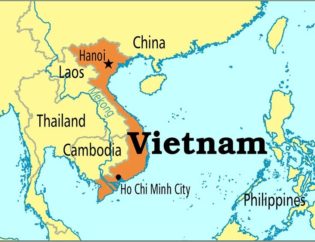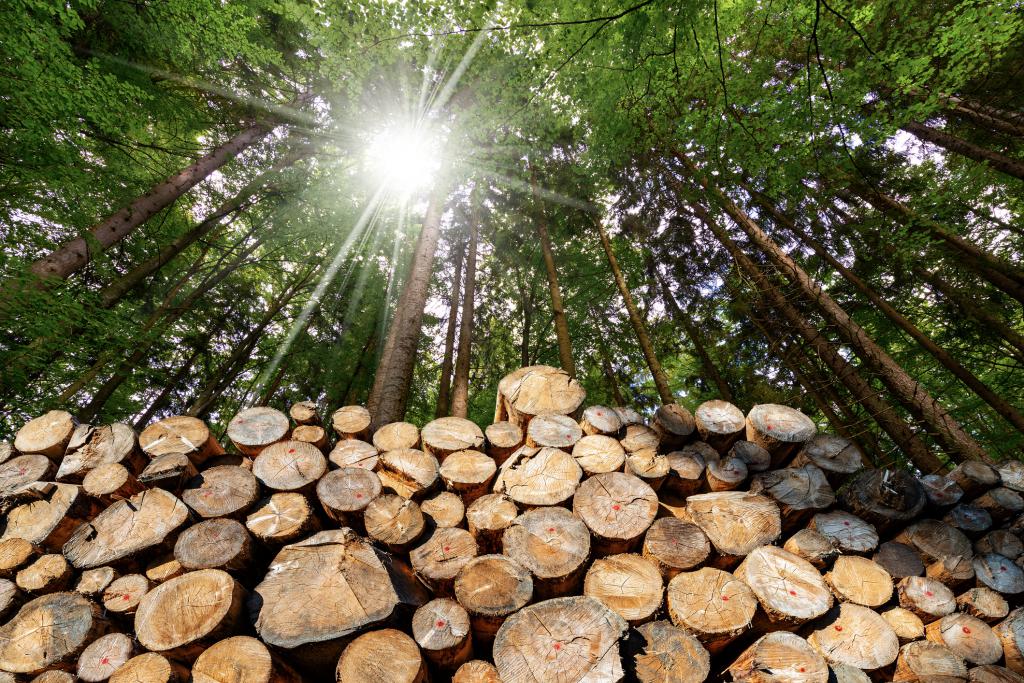
A new JRC report on the use of woody biomass for energy production in the EU shows the need to recognise that sustainability of bioenergy remains a complex issue with no one-size-fits-all answers, but that win-win and lose-lose forest management pathways for climate and biodiversity exist.
Bioenergy sits at the nexus of two of the main environmental crises of the 21st century: biodiversity and climate emergencies.
Forest bioenergy has the potential to provide part of the solution to both crises, but only when biomass is produced sustainably and used efficiently.
In the report on the use of woody biomass for energy production in the EU, written under the auspices of the Biodiversity for 2030 Strategy, JRC scientists analyse the sources and trends as well as sustainability pathways for the use of woody biomass for bioenergy in the EU that could mitigate climate change while maintaining or improving forest biodiversity and ecosystem condition.
Quantifying the sources of wood for bioenergy
In this report, JRC experts have reconstructed the woody biomass flows in the EU, highlighting the interlinkages and the circular nature of the wood-use, within the EU forest-based sector.
JRC experts highlight that the amount of woody biomass reported as being used in the manufacturing of wood-based products and for energy production exceeds the total amount of reported sources.
The JRC analysis concludes that this gap between reported use and reported sources of woody biomass – amounting to around 20% of total reported sources in the EU in 2015 – can be almost entirely attributed to energy use.
According to the report, 49% of wood-based bioenergy production is based on secondary woody biomass such as forest-based industry by-products and recovered post-consumer wood, 20% is from stemwood, including stems from coppice forests, 17% is from treetops and branches and 14% is of unknown origin.
EU forests affected by natural disturbances
An important development affecting EU forests and wood supply is the increasing number of natural disturbances such as windstorms and insects, exacerbated by climate change.
The wood is often salvaged in these cases, which in recent years has led to a temporary increase in supply of primary woody biomass to the market.
“Natural disturbances tend to force significant amounts of wood onto the market in a very short time, that might reduce wood prices and switch woody biomass flows for energy,” principal JRC researcher on this topic, Gediminas Jasinevičius, explains.
The JRC reports that the wood harvested due to natural disturbances reached over 100 million m3 (22.8 % of total removals) in 2018 in just 17 Member States that were surveyed.
Addressing data gaps
“It is of utmost importance to improve the availability and quality of data regarding the forest-based sector economy, the energy use of wood in particular, so as to enable the analysis necessary to safeguard a sustainable and resilient, resource use”, principal JRC researcher behind this quantitative analysis, Ragnar Jonsson, explains.
The scientists indicate that despite abundance of datasets, large data gaps exist and there is no single data source that would provide a full picture.
They are also suggesting that the situation could potentially improve with more harmonised reporting by countries.
“There are numerous reporting systems with different scopes, which provide the data using different units and aggregation levels. Expert knowledge is needed to interpret all these different data sources, which means that the information is not easily available to non-experts”, JRC scientist Nicolas Robert said.
The report dedicates a chapter to present a database of harmonised statistics on forest biomass and a forest biomass map for Europe consistent with the statistics.
The chapter goes on to describe the current capabilities and potential of Earth Observation that, integrated with ground-based data, enables monitoring of forest resources over large areas in a timely, consistent and spatially-explicit way.
“Even though existing satellites have shown only moderate sensitivity to forest biomass, this field is rapidly evolving thanks to new satellite and airborne sensors with enhanced capabilities. These new technologies, combined with ground data, are expected to substantially improve the knowledge of the spatial distribution and dynamics of forest biomass, and thus better assess the forest biomass resources currently available,” explains JRC remote-sensing expert Valerio Avitabile.
Identifying sustainable forest bioenergy pathways
According to the quantitative analysis in the JRC report, fellings amounted to 75%-85% of the annual forest biomass growth in 2015.
The report recalls that, together with positive signals such as the expanding EU forest area and the overall growing forest carbon stock, EU forests are exposed to a range of natural and human-driven pressures pointing towards degradation: 47% of EU forest land is vulnerable to three or more drivers of degradation such as acidification, eutrophication, drought, warming, tree cover loss; 20% to four or more, and only 20% of forest land is exposed to fewer than two drivers of degradation.
Conditions and pathways that could mitigate climate change while maintaining or improving forest biodiversity and ecosystem condition are discussed in the report.
For instance, converting former arable land into forests with mixed species or with naturally regenerating forests would enhance the carbon sink and improve the conditions of the ecosystems, before the forests are harvested for biomass.
Fine woody debris can be collected from forests up to a threshold established locally, to be used for energy without damaging forest ecosystems.
The report suggests that the removal of coarse woody debris, low stumps, and the conversion of natural forests into bioenergy plantations should be discouraged, as it is detrimental for the local biodiversity and provides no carbon mitigation benefits in the short term.
Policy implications
JRC experts summarise the implications of the report findings across the energy, environment and climate policy areas.
The report seeks to clarify the links among the different tools within the EU legal corpus that define the governance of the climate and environmental sustainability of forest bioenergy used in the EU.
It goes on to highlight that some high-risk pathways identified in the study are not discouraged by the existing legislation.
The study points out that sourcing biomass for bioenergy from sensitive and protected lands should be forbidden and that afforestation initiatives must be approached with caution.
JRC experts suggest that holistic governance is required to promote a more sustainable forest-based bioeconomy overall, so sustainability criteria could be applied to all forest products consumed in Europe, and goes on to recall that the EU legislative framework for the sustainability of forest bioenergy relies on national forest legislations.
“The assumption of ‘carbon neutrality’ of wood bioenergy does not apply to the EU when the whole EU climate and energy framework is considered because the carbon impact of any change in forest management or wood use is reflected in each country’s climate accounts,” explains Giacomo Grassi, JRC’s leading expert on Europe’s climate legislation.
“The risk of excessive use of wood by bioenergy operators, leading to forest accounting debits and the need of additional emissions reduction in other sectors, may be managed at Member States level through balanced national policies and incentives” Giacomo warns.
Governing bioenergy sustainability
The report stresses that the governance of bioenergy sustainability is characterised by uncertainty of consequences, diverging interests, conflicting knowledge claims and high stakes. Scientists dub it as ‘a wicked problem’ that cannot be solved by science alone.
“Rather than suggesting unique solutions, our report aims to support the political process by defining the boundaries of the problem, improving the evidence that is available, and expanding the options for decision-makers,” says researcher Jacopo Giuntoli.
“To de-toxify the debate surrounding the sustainability assessment and governance of forest bioenergy, these differences should be acknowledged and discussed explicitly. The JRC, as a boundary organisation between science and policy, is well placed to lead this effort”, Jacopo concludes.
Vietnam Plywood
Vietnam Film Faced Plywood


